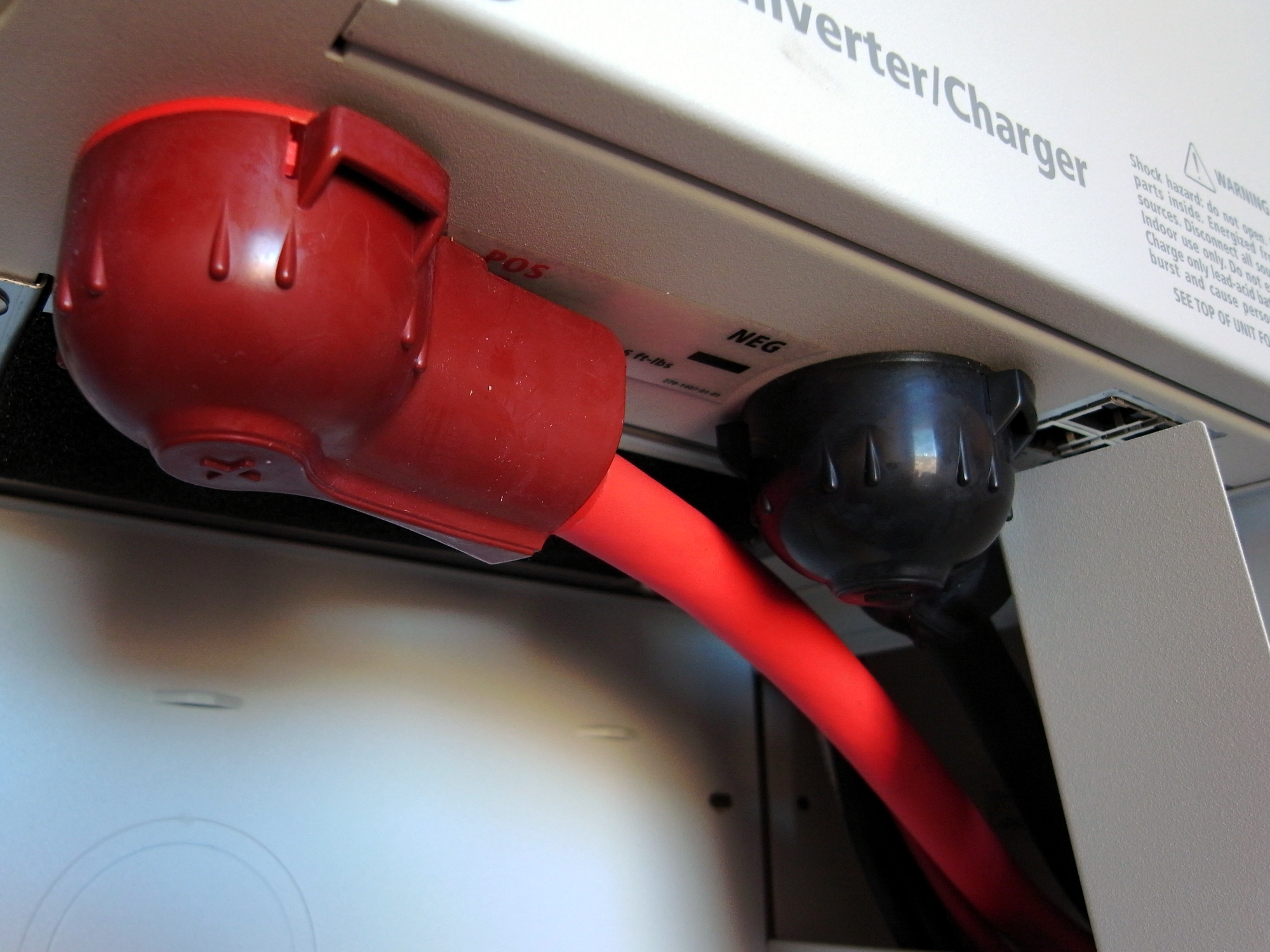 |
| I need specs to read these specs. |
After extensive mulling over and research, and incentivized by a decent sale price ($400 Canadian and zero freight costs versus $341 U.S. and the shipping of lead was no debate), I've purchased the future house battery bank of the good ship Alchemy.
 |
| It's slightly weird to me that I understand all of this now. |
 |
| Thanks to Jeff Cooper for his van and back muscles. |
Meet 732 pounds (or 332 kilos) of acid-drenched lead. Named Crown 6CRP525s, these are deep-cycle six volt DC (6 VDC) batteries commonly found in off-grid solar powered homesteads and in recreational vehicles, although they are sturdy enough to use in golf carts and other small electrical work vehicles. I decided on flooded lead-acid batteries for ease of servicing; they will not be buried but rather in the middle of the boat. Under the saloon steps, in fact.
 |
| The idea was that a sudden stop would be arrested by the front seats. Hmm. |
With the help of stalwart friend and fellow sailor Jeff Cooper, these ridiculously heavy boxes were obtained in the nearby suburb of Woodbridge and carefully (because the extra weight affected braking) transported to my yacht club. Of course, the rolling carts all had flats yesterday, and it was blazing hot. Nonetheless, with plenty of heave and a touch of ho, Jeff and myself muscled them aboard and into the pilothouse. They are deployed so that they are less likely to impart heel to the boat, nor move around should the weather start the boat to rocking.
 |
| Yes, as a temporary fix, I chopped down the engine bay lid. |
6VDC 525 #1: 6.21 v
6VDC 525 #2: 6.24 v
6VDC 525 #3: 6.32 v
6VDC 525 #4: 6.34 v
6VDC 525 #5: 6.23 v
6VDC 525 #6: 6.34 v
I was told by the battery salesman that three were on hand and the other three needed to be shipped in from the States. I think I know which is which. I will test the specific gravity of the electrolyte and top them up as needed before I give them their first charge, which I want to be sooner than later as we are effectively tied to the dock until I finish this phase of the refit.
 |
| Yeah, I won't miss that nasty carpet stuff. It's all heading for the bin at some point when I move onto "amenities". |
 |
| The same picture as above with my intended changes. |
In the above overlay, the yellow dashed line represents the new bottom of the steps from the pilothouse to the saloon, under which the batteries will live. This location is both on the centerline and very close to the CG of the hull, which means the boat rolls and pitches more or less around the mass of the batteries. This is good for them and good for the boat and is about the best place we could put 732 pounds without actually dropping it a further few inches atop the fuel tanks. The yellow line does impinge slightly on the galley space, but the former lowest tread did as well, without contributing any stowage space.
The red line is 27 inches, or the width of the former treads. In my research, I learned something I have rarely seen implemented, which is securing the batteries in "port and starboard" orientation in order to keep the lead plates covered more effectively in order to increase battery life. It's a touch of an esoteric topic for those not boat-crazed, but the logic is sound: the best way to install the batteries is side-by-side in pairs. Guess what? I can get away with this. With 11/16ths of an inch to spare.
 |
| Sharp, it isn't. Effective, I can live with. |
 |
| Yes, and of course I will clean everything. |
Lastly, over all this, I will have to rebuild and secure properly new and somewhat shallower saloon companionway stairs, the treads of which will need to be hinged to gain access to the tops of the battery bank for service and wiring needs. Where the charger/inverter will go is a topic for the near future.
 |
| The future resembles this. Photo (c) http://www.kbtechworks.com |











